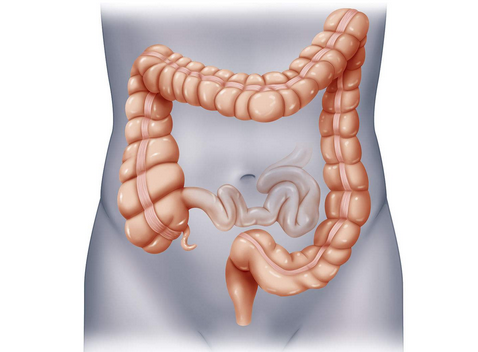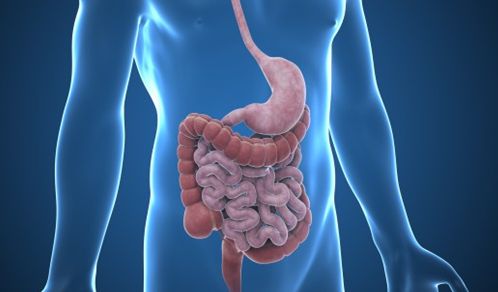Li, male, 63 years old, was diagnosed with lung adenocarcinoma with bone metastasis and chronic lymph node inflammation in April 2018. He underwent resection + lymph node dissection on April 10. On December 5th of the same year, PET-CT showed: new multiple bone metastases, multiple vertebral bodies and appendages, multiple ribs on both sides, acromion of left clavicle, stem of sternum, bilateral iliac bone, left ischia and right femur. Upper section. It is treated with targeted drugs gefitinib and diphosphorus salt drugs.
Re-examination on June 3, 2020: Carcinoembryonic antigen (CEA) increased to 12.2 ng/ml, and carbohydrate antigen 125 (CA125) increased to 102.1 U/ml. Re-examination of PET-CT showed that the range of bone metastases was larger than before. The genetic test result showed that the EGFR20 exon T790M mutation showed resistance to gefitinib, and oral osimertinib treatment was started in July 2020.
The target of targeted cellular immunotherapy (ACTL) is determined:
The patient's condition is serious, with obvious bone pain throughout the body, has lost the indications for surgery, and is unwilling to undergo chemotherapy, and has a strong willingness to accept ACTL treatment. According to the results of the patient’s immunohistochemical test, it will start to target carcinoembryonic antigen (CEA), keratin 19 antigen (CK19), melanoma-associated antigen A3 (MAGE-A3), and survivin antigen (Survivin) on July 17, 2020. ACTL targeted cellular immunotherapy for target antigens. The first stage of treatment is shock treatment once every 7 days to achieve the goal of killing cancer cells as soon as possible and preventing the progression of the disease.
Condition changes after ACTL treatment:
From July 17, 2020 to December 2, 2020, the detection of major serological tumor markers decreased significantly, and CEA and CA125 fell to the normal range, and there was no obvious systemic bone pain. PET-CT re-examination showed that the left ischial metastasis was lower than before, and the scope was reduced compared with the front. The edge burr-like shadow almost disappeared, and other bone metastases were significantly reduced. During the treatment, the patient has no obvious symptoms, no toxic side effects, and now sleeps well, his physical strength is back to normal, and his life and mental state are good.
Comparison of the curves of tumor markers before and after ACTL treatment:
Changes of tumor markers before and after ACTL treatment:
Before ACTL treatment
After ACTL treatment
Image changes before and after ACTL treatment:









